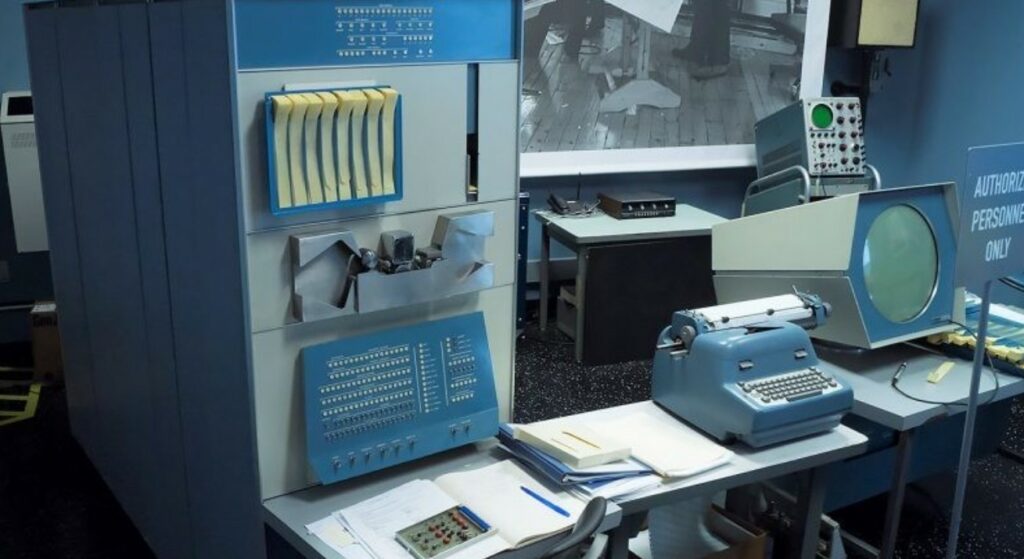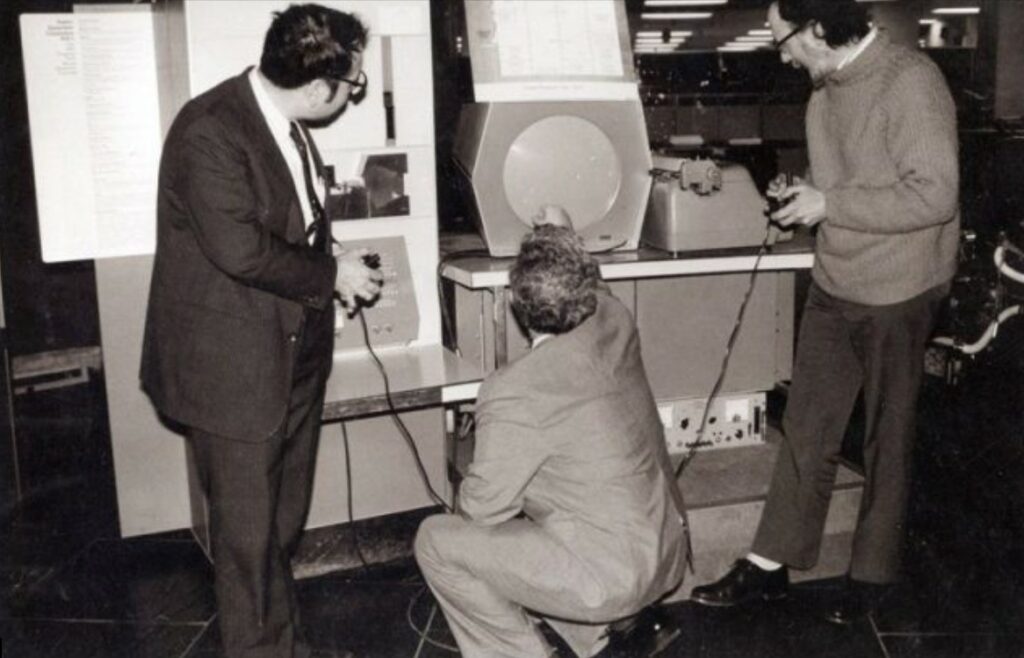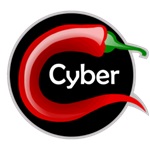
Redazione RHC : 1 July 2025 16:22
It was at the Tech Model Railroad Club that it all began, we talked about it in a previous article, that famous Club of the Massachusetts Institute of Technology (MIT) where the hacker culture came to life, thanks to the computer scientist Richard Greenblatt and the mathematician Bill Gosper.
The term “hacker” derives from the English “to hack”, a seventeenth-century word that means to cut into, hoe, mince, open a path, like a “vigorous worker” who mows the fields with stubborn and rough oscillations of his powerful hoe.

Today I would like to talk about Richard Greenblatt, born on Christmas Day 1944 in Portland, Oregon, an American programmer and computer scientist. Greenblatt was an expert chess player, and for nine years, together with his friend Lester, they had been tearing apart old radios, televisions, to understand how they worked inside, subsequently building Amplifiers, modulators, oscilloscopes and even a video camera, simply because, it seemed interesting to do so.
By 1962, it was time to choose a college. He enrolled at MIT in the fall and around his sophomore year, he joined the Tech Model Railroad Club along with Bill Gosper, both considered the founding fathers of the Hacker community.
MIT in 1961 had two large computers, the gigantic IBM 709, called by the guys in the Club “The Hulking Giant” (The lumbering giant), but in addition to this IBM monster, there was also a TX-O.

Most of the students gravitated towards the IBM 709 later became 704 and this actually led to a disdain from the Club towards it, preferring the efficient TX-O, which was initially developed for military purposes, one of the first computers made with transistors and had connected, imagine, even a monitor!
But then in 1961 DEC (Digital Equipment Corporation) gave the university another computer, the PDP-I,which, compared to the “lumbering giant” or TX-O was much smaller and had a monitor and a teletype attached, as we also saw in the video of Steve Russel and the game Spacewar!
The kids at MIT loved playing Spacewar! with the lights off, in the Kluge Room where it was installed on the PDP-1, in the famous building 26, so that their faces were mysteriously illuminated by the monitor lights and all this strongly impressed Greenblatt.

In those days the costs of these computers were prohibitive, not like today, Think that the cost around $120,000 at the time and accessibility to these fantastic tools was reserved only to the academic world and very few other organizations.
At that time Peater Samson, a member of the club, had written a Fortran program for “the clumsy giant”, capable of automating the switches of the large model train layout.
So Riky, inspired by Samson, set out to write a Fortran compiler that could run on the new PDP-I, as it had immediately been adopted by the club as a reference computer.

Creating a new program or even a compiler was considered a “really cool hack” for the time.
But the most surprising thing about all this, after working so low-level to create a compiler, was that:
to have deeply understood a technology through an astonishing exercise, a new method that led to continuous astonishing improvements in a short time.
Furthermore, although a computer was very complex, exploration and empirical study, provided not only an understanding of the system in a different and faster way than formal study, but also a way of understanding a technology in a totally different way, a different path never seen before.

MIT students playing MAC Hack.
Greenblatt later, under the influence of Alan Kotok, worked at the MIT Artificial Intelligence Laboratory, where from mid-November 1966 he developed a chess program called “MAC Hack” or called The Greenblatt Chess Program. This software was released in 1969, after having played eighteen tournaments and hundreds of games, and having co-written with Tom Knight incompatible time sharing, a very influential operating system for PDPs.
In 1979, Greenblatt founded Lisp Machines, Inc. a company that built and marketed Lisp machines, in competition with Symbolics , a company founded by his former colleagues at MIT AI, which went bankrupt in 1987.
The MIT club included people like Greeblatt, Alan Kotok, Peater Samson, Steve Russel, Bill Gosper (co-founder with Greenblatt of the hacker community and author of HACKMEM), but the fundamental thing they understood together, which was basically what they were doing at MIT, was exploring and understanding technology in a totally new way.
And this became called hacking.
 Redazione
Redazione